- Joined
- Jun 30, 2012
- Messages
- 1,418
- Points
- 433

 |
As a way to introduce our brass coins to the community, we will raffle off a free coin during the month of August. Follow link ABOVE for instructions for entering. |
 |

Those pens are messy. They've long been replaced with technical pens. They typically use a cartridge and India Ink. Rapidograph comes to mind.drafting is fun. something i saw on another site, a fellow was detailing a project using a ruling pen. i have these pens in my drawing tools but never used it. instead i learned to use koi nor drafting pens.
after seeing how well the guy did striping with the ruling pen, he inspired me to try my hand at it.
here is a nice basic tutorial for the ruling pen im sure you guys will get a kick out of. perhaps you even have these pens in your collection of drawing tools?
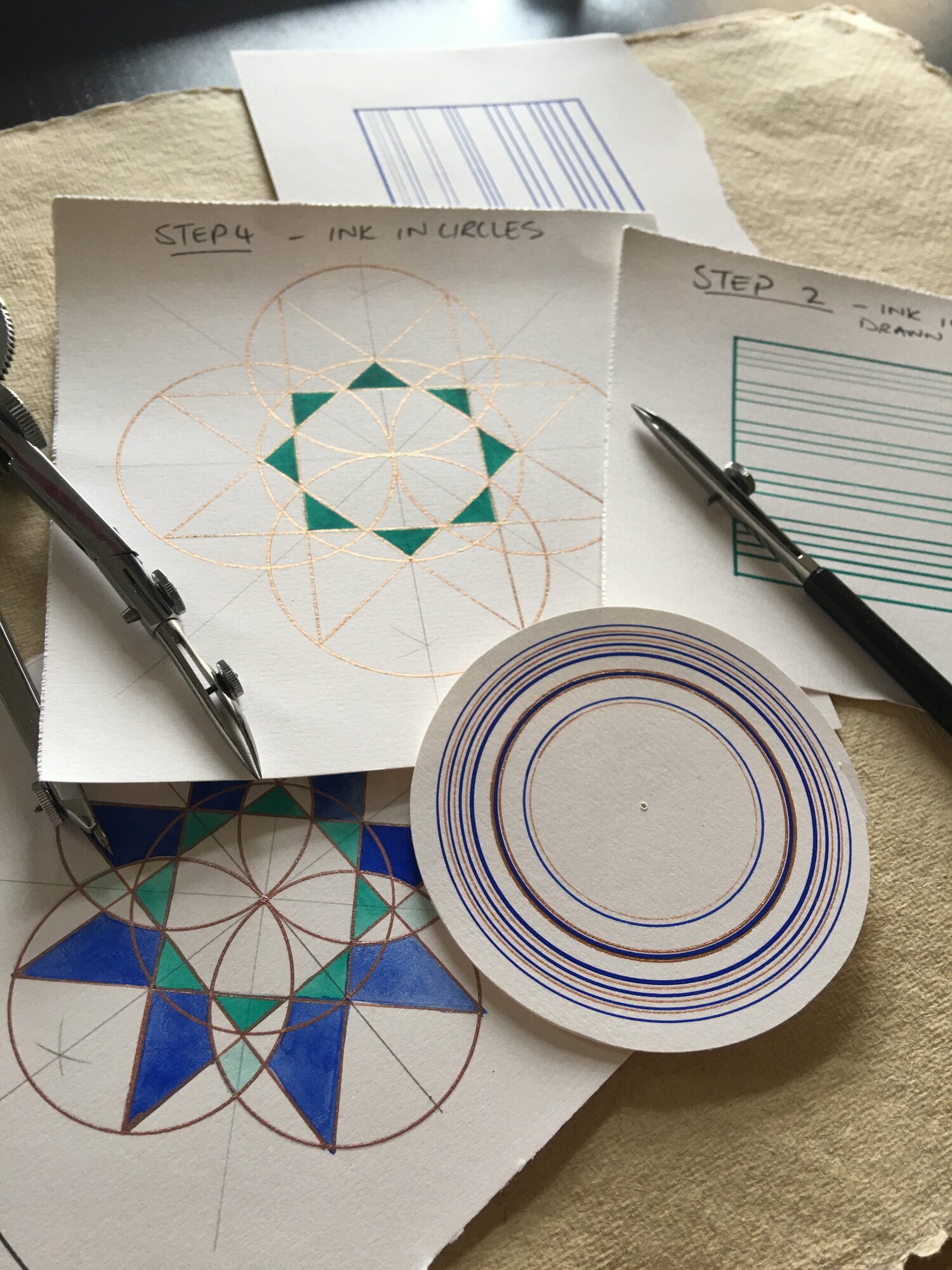
Quick Guide: How to use a Ruling Pen — Jeea Mirza
An introduction and step by step guide on how to use a ruling pen or steel pen.www.jeeamirza.com
enjoy!
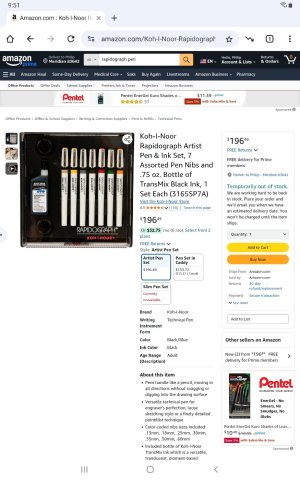


Those pens are messy. They've long been replaced with technical pens. They typically use a cartridge and India Ink. Rapidograph comes to mind.View attachment 518772

I have a set from years ago and they're still in great sgape but I don't think I paid anywhere near $200.00 for them. And I clean the nibs in an ultrasonic cleaner when needed.Holy smokes! They never were cheap, but almost $200 bucks for a basic set of seven is mind-boggling. There's a lot of different pens for specific drafting applications. The Rapidographs are excellent for general purpose use but ruling pens still have their special uses. As I expect you are aware, a lot of people don't know how to use a classic ruling pen and that's what causes them to have a reputation for being "messy." I don't know how many "artists" I've seen dip a ruling pen into an ink bottle or try to ink against a straightedge without an edge raised or relieved on the underside, and so on. Although I have compasses designed to hold technical pens, there are many instances were a good ruling pen will do a much better job of it. Obviously, one will have to master the classic ruling pen if they want to get into "rivet compass" territory or draw dotted and dashed lines.




And I clean the nibs in an ultrasonic cleaner when needed.
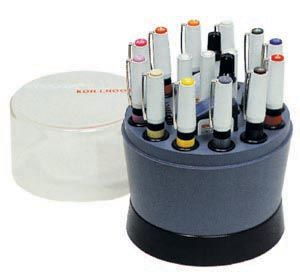

The modern "felt tip" technical pens are quite good. They've got good tight caps and don't dry out as soon as your back is turned. The one difficulty with them is that their tips will wear and become "round-edged" in use. For many purposes, this doesn't matter to most users. On the other hand, there is nothing that will produce what is known in the trade as the "snap" that is produced by a good technical or ruling pen. So far, nobody's come up with anything that matches the "snap" of a knife-edged pen and the shellac base of India ink on a white background.The cheapo pens do not need cleaning after use - just put the cap back on, and they last for ages.

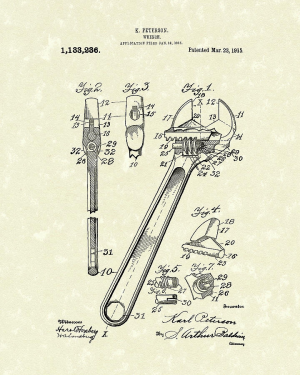

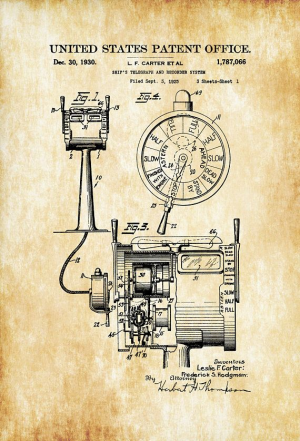



Tubes! But....you didn't include the power supply....!

Tubes! But....you didn't include the power supply....!
